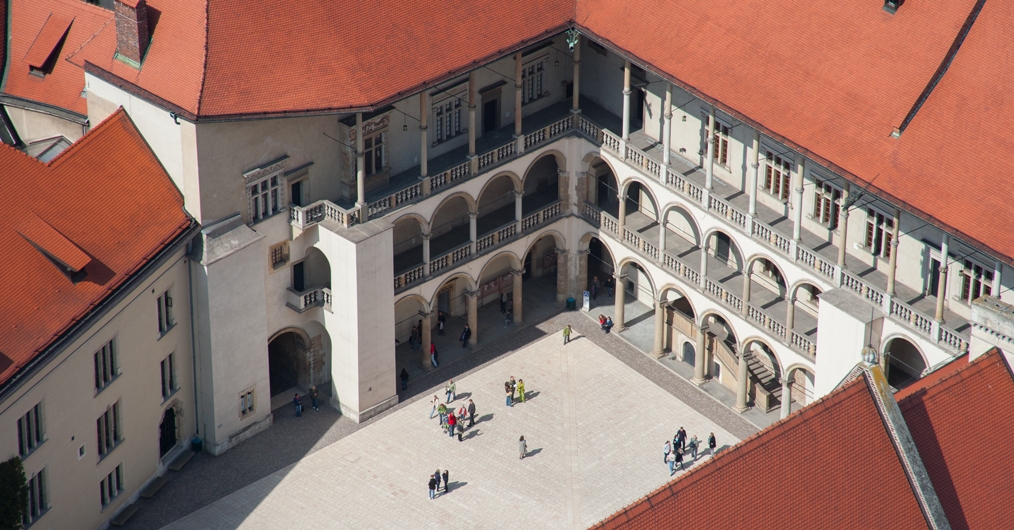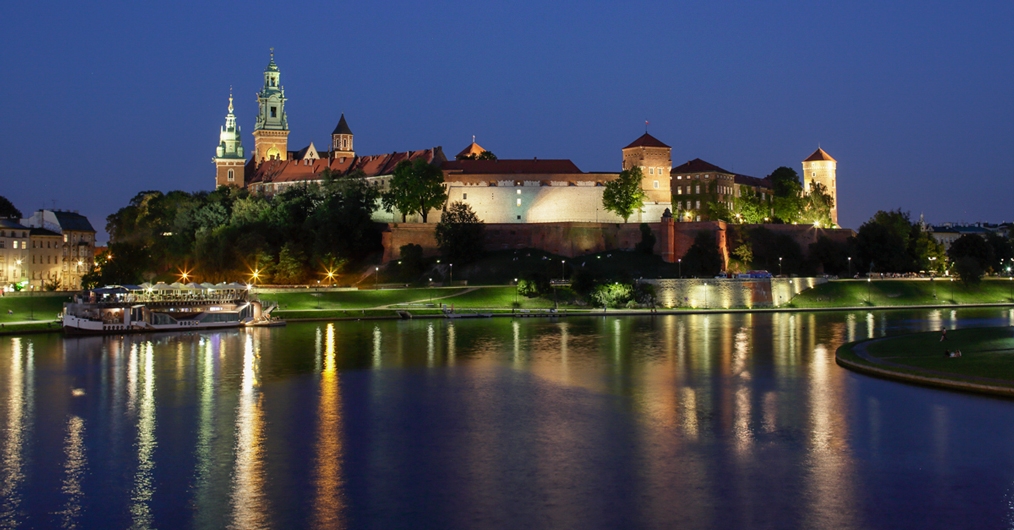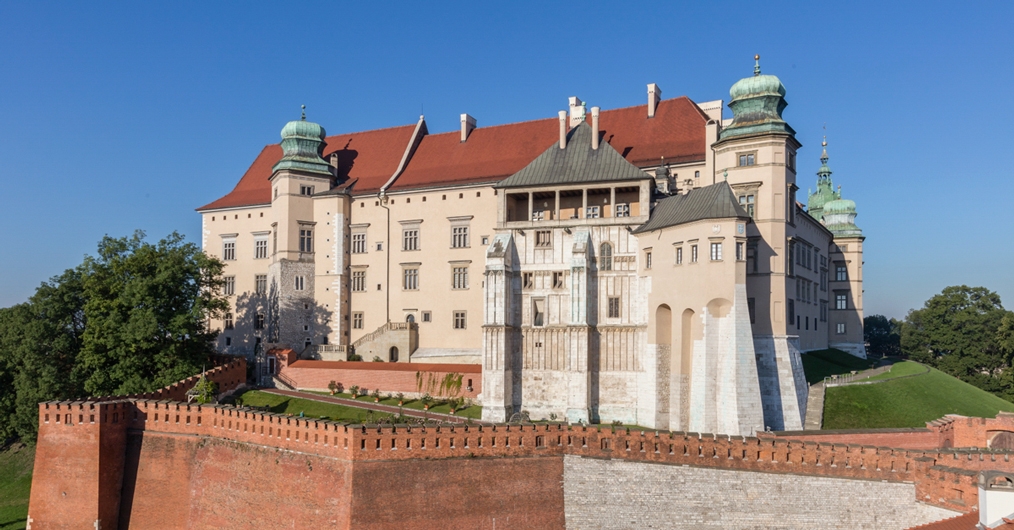
About the Museum
Wawel Royal Castle-State Art Collection is a national cultural institution
The Wawel Royal Castle and the Wawel Hill constitute the most historically and culturally important site in Poland. For centuries the residence of kings and the symbol of Polish statehood, the castle is now one of the country’s premier art museums. Established in 1930, the museum encompasses ten curatorial departments responsible for collections of paintings, including an important collection of Italian Renaissance paintings; works on paper; sculpture; textiles, among them the Sigismund II Augustus tapestry collection; goldsmith’s work; arms and armor; ceramics, with significant holdings of Meissen porcelain; and period furniture. The museum’s holdings in Asian and Middle-Eastern art include the largest collection of Ottoman tents in Europe. For conservation reasons the tents are not on permanent display. The collections of the Wawel Royal Castle are presented in several permanent exhibitions that evoke the historic appearance of the royal residence in the 16th, 17th, and 18th centuries.
Instead of paying a flat admission fee, visitors can pick and choose the exhibitions they would like to see. From spring to mid-autumn, visitors can also descend into the Dragon’s Den, climb to the top of the Sandomierska Tower, and take a guided outdoor tour to learn about Wawel’s architecture and gardens. The museum mounts special temporary exhibitions and displays. The Wawel Royal Castle also hosts a lively program of events including symphonic and chamber music concerts and performances of opera and courtly dance.
Legally constituted, registered in the National Cultural Institutions Register at no. 21/92 and in the State Museum Register at no. 16/98.
The Castle operates on the basis of a statute granted by the Ministry of Culture and National Heritage (Official Journal MKiDN no. 4 item 7 of 2000). Wawel Royal Castle is a historic residence museum. Its mission is specified in art. 1 of the Museum Act, and in particular:
Instead of paying a flat admission fee, visitors can pick and choose the exhibitions they would like to see. From spring to mid-autumn, visitors can also descend into the Dragon’s Den, climb to the top of the Sandomierska Tower, and take a guided outdoor tour to learn about Wawel’s architecture and gardens. The museum mounts special temporary exhibitions and displays. The Wawel Royal Castle also hosts a lively program of events including symphonic and chamber music concerts and performances of opera and courtly dance.
Legally constituted, registered in the National Cultural Institutions Register at no. 21/92 and in the State Museum Register at no. 16/98.
The Castle operates on the basis of a statute granted by the Ministry of Culture and National Heritage (Official Journal MKiDN no. 4 item 7 of 2000). Wawel Royal Castle is a historic residence museum. Its mission is specified in art. 1 of the Museum Act, and in particular:
- preservation of the historic aspects of Wawel as the highest ranked monument in the history and the cultural and religious tradition of the Polish nation, and as part of world heritage;
- historical and conceptual reconstruction of Wawel’s past in its various aspects;
- extensive incorporation of the above values into the circulation of national culture.
- The Castle accomplishes the goals set out above by:
- collecting and conserving carefully selected works of art and historical artefacts;
- restoring its historical buildings and collections to maintain them in best condition possible;
- propagating knowledge about Wawel and its collections in Poland and abroad;
- conducting research and scholarship;
- publishing and educational and informative activities,
- maintaining the buildings and grounds and utilizing them appropriately.
LOG IN
REGISTRATION


